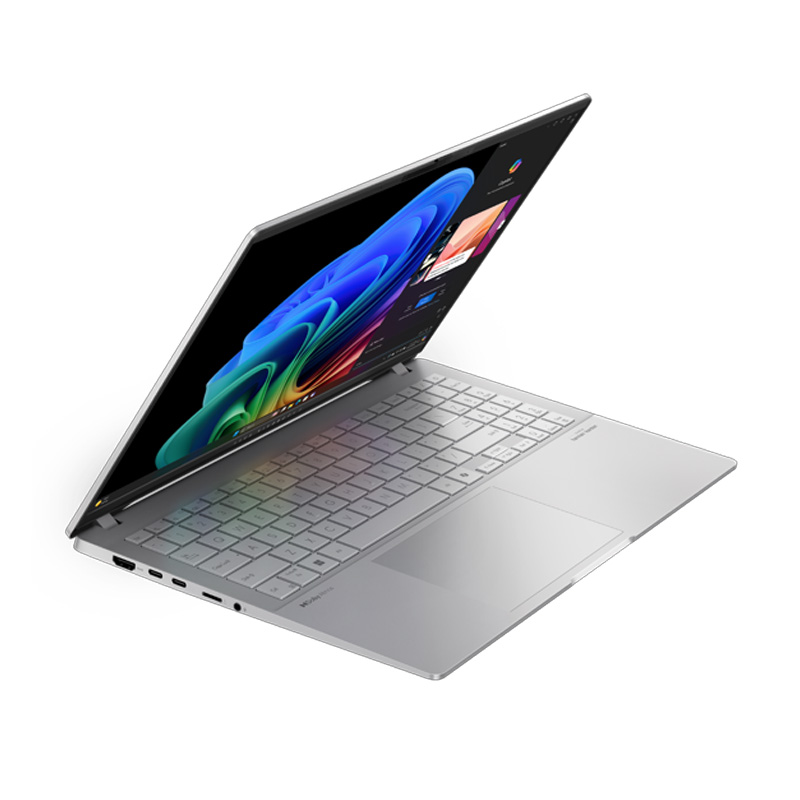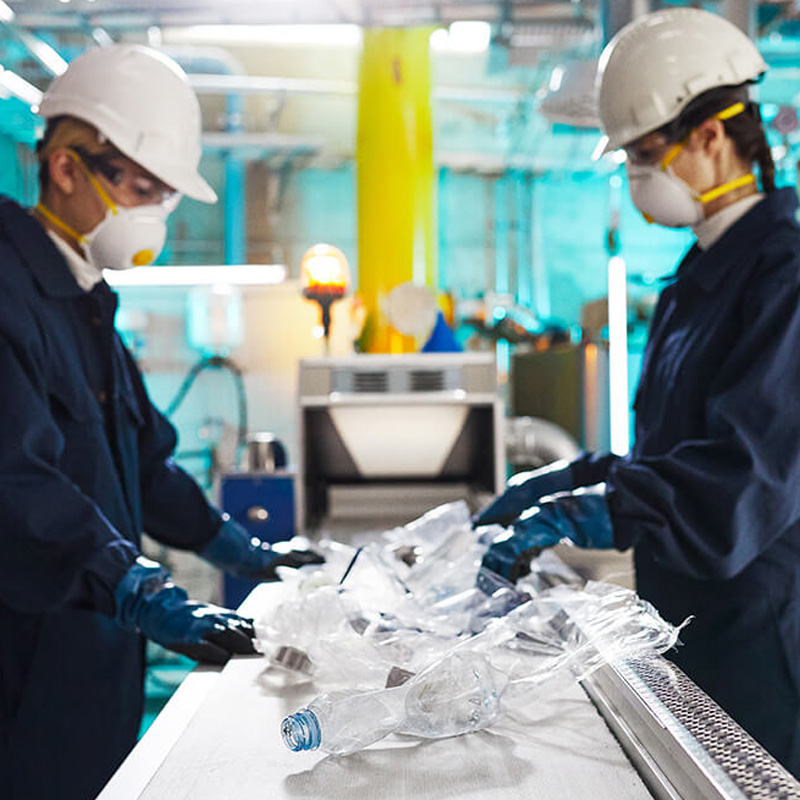
Jul 05, 2024
Chemical substance management and compliance with related laws and
regulations plays an important role for ASUS as a technology leader
committed to sustainability. Chemical management serves as the
foundation of producing sustainable products, and it affects
corporate social responsibility performance, environmental impacts,
and the wellbeing of our workforce throughout the supply chain. ASUS
understands that up to 80% of a product’s impact on the environment
is determined in the design phase. Hence, integrating the concept of
circular economy in our products’ design phase produces better, more
environmentally friendly results. Using fewer hazardous chemicals
contributes to safer product disposal, more effective recycling and
reuse, and reduced pollution to the environment.
Safer Chemicals That Meet Eco Label Standards
Eco labels such as EPEAT are earned through meeting sustainability
evaluation standards. A detailed walkthrough of eco labels on ASUS
products is
available here. EPEAT Gold products must meet the strictest requirements for
eco-friendliness. Some of the metrics used for evaluating EPEAT Gold
qualification relate closely to chemical management, including
substance management on reduction of chemicals, environmentally
friendly material selection, green packaging material design, end of
life management, and corporate environmental impact. One of our
newest AI PCs is an EPEAT Gold laptop:
Zenbook DUO (2024)
is a groundbreaking dual-screen laptop offering four usage modes,
and it is ENERGY STAR® certified.
Promoting Transparency
To better assess potential risks and improve management of chemicals
used in our products, we use Full Material Disclosure (FMD), which
is a method to enhance transparency. Detailed information such as
breakdowns of substances used in the making of products, and whether
the used chemical amount stays within the range that regulations
permit are gathered and clearly listed with FMD. To obtain this
data, we work closely with our suppliers throughout the supply
chain. The response rate from our suppliers regarding FMD
investigations for our EPEAT Gold products exceeds 90%.
Striving for Halogen-Free
Halogens used in laptop parts such as printed circuit boards (PCB)
and batteries include chlorine and bromine. These chemicals are
popular because of their good electrical insulation, compatibility
with electronic materials, strong flame resistance, and more.
Although halogens are not directly harmful to the human body, they
can emit toxic fumes when ignited, and they are more difficult to
recycle.
To decrease the potential impact and increase recyclability of
products, ASUS has transitioned to using halogen-free hard drives
and batteries since 2019. The removal of halogen from electronic
products has been a gradual process because materials used for its
replacement often degrade performance. However, we have managed to
produce halogen-free batteries for our laptops without compromising
capability – our first ever
ASUS Copilot+ PC - ASUS Vivobook S 15
has a large 70 watt-hour all-day battery that lasts up to 18 hours.
Since 2021 ASUS has started to use halogen-free PCB substrate, which
serves as a foundation that printed circuit boards are built on. PCB
substrates define the PCB’s thermal and electrical conductivity,
making it a fundamental element in laptop and PC manufacturing. We
also abide by the IEC 61249-2-21 standard, which is the standard of
which the International Electrotechnical Commission (IEC) defines
“halogen-free”, and we aim to achieve the potential goal of
halogen-free for all our products in the future.
Improved, Healthy Packaging
Chlorine bleaching can cause irritation to the skin and eyes of
workers, and being exposed to it for extended periods can cause
cancer. Since 2018, ASUS has banned the use of chlorine in the
bleaching process for paper packaging of our products to ensure
safer manufacturing.
ASUS has required our suppliers not to use mineral oil, which can
clog pores in soil and cause degradation, as a raw material for
printing on our packaging. To learn more about how ASUS achieves
sustainable packaging, read
this article.
Gatekeeping Chemicals
Since 1999 ASUS abided by hazardous substance control regulations
and has established internal policies to monitor chemicals and
ensure product safety. ASUS has adopted the
ISO 9001 Quality Management System
since 1999, supplemented by the
IECQ QC 080000 Hazardous Substance Process Management (HSPM)
system, which covers environmental directives such as EU RoHS and
REACH,
click here
to read more on our legal compliance. Since 2002 the ASUS Hazardous
Substances Free (Hazardous Substances Free, HSF) standard has been
in place. Considering potential risks which underlie in face of the
rising standards of obligatory international regulations, our HSF
technical standards currently far exceed mandatory requirements.
Achievements
Chemical management is a collected effort between ASUS and our
partners. After over two decades of continuous effort invested in
better chemical management, in 2023 ASUS already has over 450
chemical substances under restriction. We also achieved IEC
61249-2-21 standard compliance for over 91% of our products.
Finally, zero mineral oils usage in packaging printing is another
significant milestone reached as we continue to pursue improved
chemical management. Click the button below to learn more about how
we manage a sustainable supply chain.
Managing a Sustainable Supply Chain















